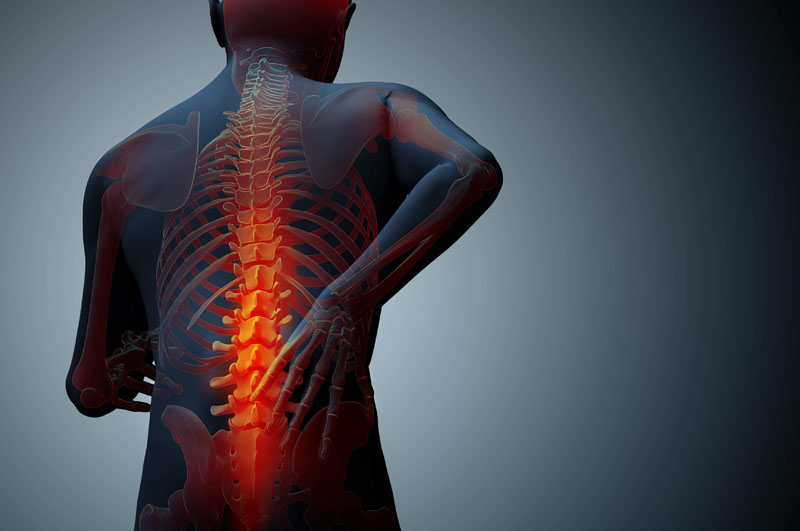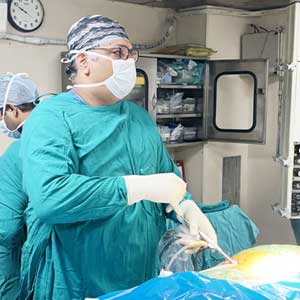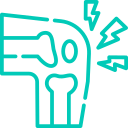Spinal stenosis
Spinal stenosis indicates the condition when there is an narrowing in the spinal canal, as a result the it confines the amount of space available for the spinal cord and nerves. When the problem of spinal stenosis becomes more severe, there is a compression or squeezing of the spinal cord and its nerves. Spinal stenosis can transpire anywhere; however it is most common in the cervical and lumbar spine.
What are the causes of spinal stenosis?
- The reason for spinal stenosis can be as such
- Due to degenerative arthritis or changes in bony or soft tissues due to ageing
- It is usually occurs in patients over 50 years of age and become more severe as the age further increases
- The ageing process also causes arthritis in our spine that can also lead to this problem
- It happens due to bone spurs (osteophytes) forming, bulging and wear of intervertebral discs and thickening of the ligaments between vertebrae
Symptoms of spinal stenosis
The symptoms of spinal stenosis depends on where does it occurs and how severe it is.
- When the symptoms caused by the compression of the spinal cord known as myelopathy, it comprises loss of bowel and/or bladder, worsening balance, dropping object etc.
- In radiculopathy (compression of the nerves), there numbness, pain, tingling and weakness
- When spinal there is cervical spinal stenosis (stenosis of neck), the symptoms involve numbness, tingling, weakness or cramping in the arms and hands and myelopathy.
- When there is lumbar spine stenosis, the symptoms encompasses pain, numbness, tingling, weakness or cramping in the legs and feet and myelopathy.





